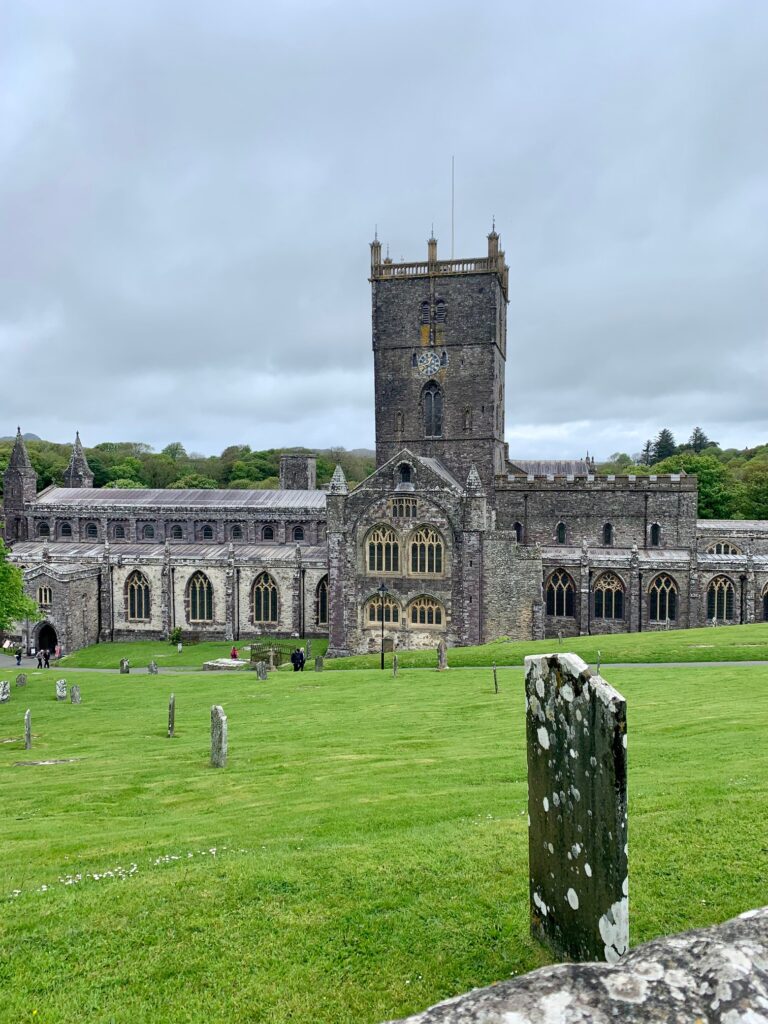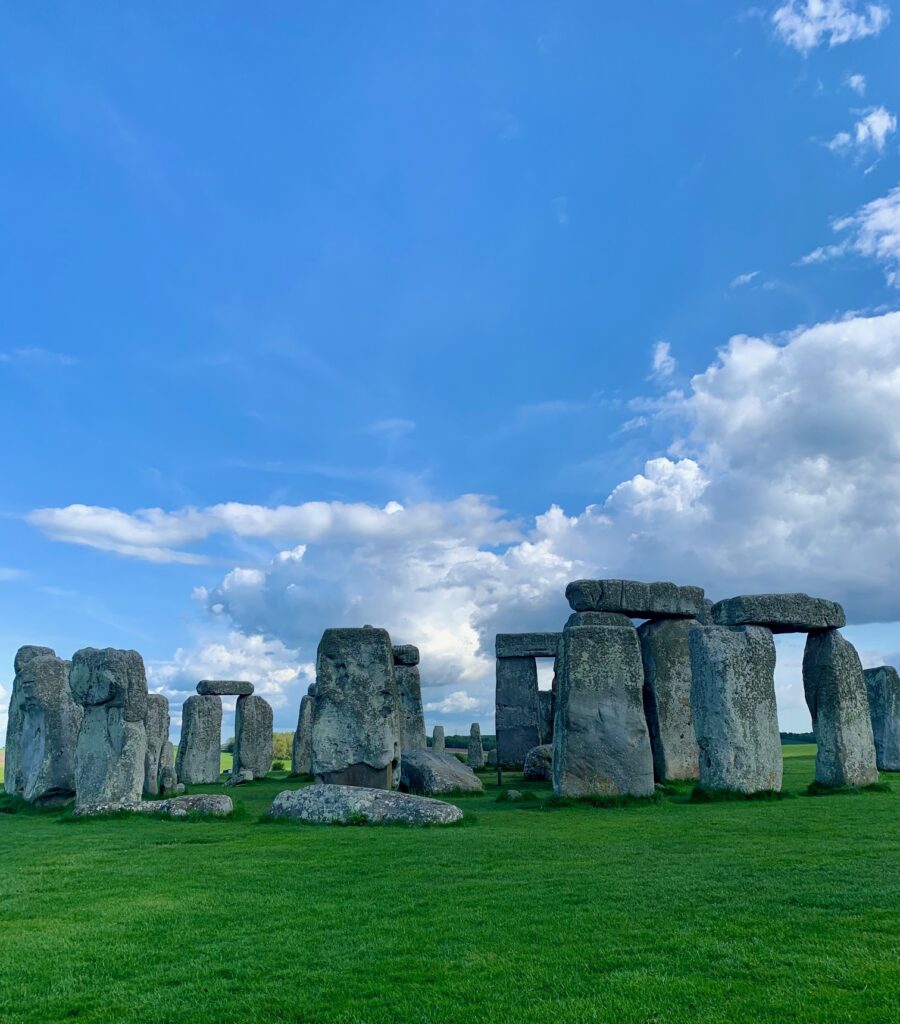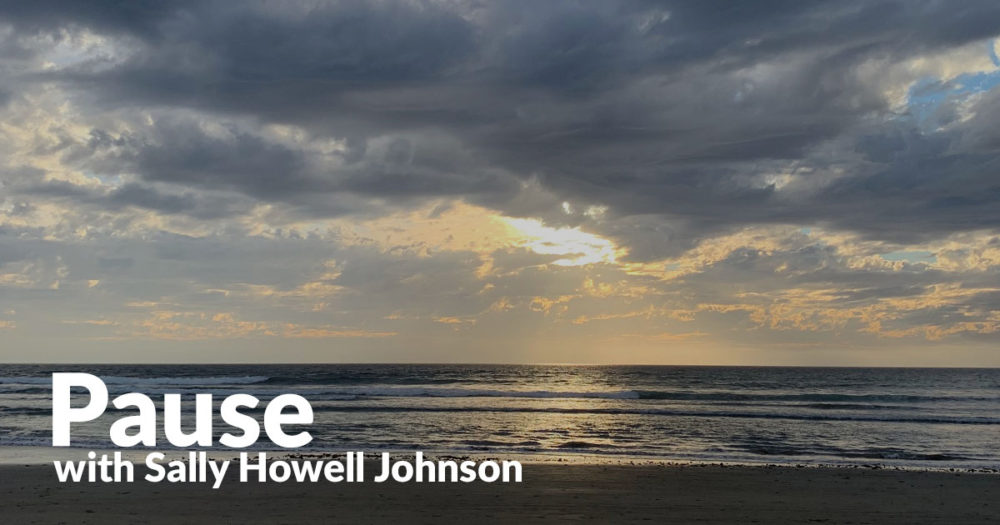“If you have been in the vicinity of the sacred – ever brushed against the holy – you retain it more in your bones than in your head; and if you haven’t, no description of the experience will ever be satisfactory.”
~Daniel Taylor, In Search of Sacred Places: Looking for Wisdom on Celtic Holy Islands
What makes something sacred? A place, a situation, an experience, a memory? I am just back from an amazing time in which many places were named sacred. Large churches. Tiny chapels. Impressive cathedrals. Ancient stone circles. Deep wells. While certainly not perceived as sacred by everyone, each of the places have, over time, been called sacred.They were certainly places of beauty and often mystery. They were filled with history known and recorded and also myths and tales that have been told and perhaps embellished over time. Each place had the sense of being outside the ordinary. Is that what makes them sacred?
My experiences in England and Wales had me once again reflecting on what we mean when we say sacred. If you look for the definition of sacred there are many to choose from:“Connected with God (or the gods) or dedicated to a religious purpose and so deserving veneration. Sacred describes something that is set apart for the service or worship of a deity; is considered worthy of spiritual respect or devotion; or inspires awe or reverence among believers.” And all these are true. And yet they do not capture the fullness of my experience moving through the sunny, English countryside. These definitions somehow leave out the human element, the heart knowing, that makes up the relational nature of this naming…sacred.
Standing in St. David’s Cathedral in Wales, I felt surrounded by the hundreds of years of worship, prayers, and music that had been shared within the glorious architecture. It was as if the very walls themselves held the stories of the people who had brought their joys and sorrows there. Sacred? Yes. The same could be said for Winchester and Salisbury Cathedrals. The beauty of stone and glass told the story not only of the faith of people, the history of the church but also the toil of what it must have taken to build such places. More than one of my fellow travelers remarked at wondering how many people actually died to build these places.A sobering thought.

And then there was Stonehenge. The mystery and magnificence of these standing stones boggles the mind. To be in the presence of this engineering marvel and, again, try to imagine the hopes that have been brought there, shared there, enacted there, offered there, makes the cold stone come alive with the human energy that has moved in and around them for thousands of years. To think about the fact that stone was carried hundreds of miles without the invention of wheel? Again, sacred.

Of course, these are places we have named as sacred that are big and bold and capture our imagination in countless ways. Jospeh Campbell wrote that “Your sacred place is where you find yourself again and again.” While some people find themselves again in these larger-than-life settings, many others come back to their true self staring at a cardinal on their backyard feeders or walking along the shore of a family lake cabin. Still others look into the eyes of a child or those of an elder and come back to knowing who they are, whose they are. As the quote above by Daniel Taylor says: “If you have been in the vicinity of the sacred – ever brushed against the holy – you retain it more in your bones than in your head; and if you haven’t, no description of the experience will ever be satisfactory.”
I guess that is my take away, the answer to my question. Sacred is all around us. It is in the seeing that the revelation becomes ‘worthy of spiritual respect and devotion.’ May there be innumerable sacred moments for us all…and may there be a bone-deep knowing that we have, indeed, brushed up against the holy.

Beautiful reflections, Sally.
And ‘Amen’ to your conclusion: Everything is sacred. Our awareness of that is only veiled or limited by whatever distraction or ego construction that we create.